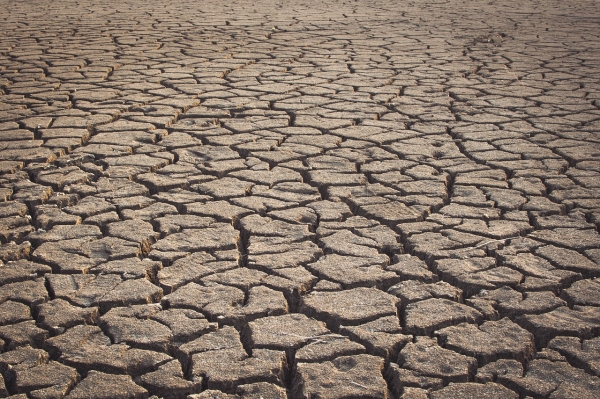Higher temperatures caused by anthropogenic climate change made an ordinary drought into an exceptional drought that parched the American West from 2020–2022. A study by UCLA and National Oceanic and Atmospheric Administration climate scientists has found that evaporation accounted for 61% of the drought’s severity, while reduced precipitation only accounted for 39%. The research found that evaporative demand has played a bigger role than reduced precipitation in droughts since 2000, which suggests droughts will become more severe as the climate warms.
“Research has already shown that warmer temperatures contribute to drought, but this is, to our knowledge, the first study that actually shows that moisture loss due to demand is greater than the moisture loss due to lack of rainfall,” said Rong Fu, a UCLA professor of atmospheric and oceanic sciences and corresponding author of a study published in Science Advances.
Historically, drought in the West has been caused by lack of precipitation, and evaporative demand has played a small role. Climate change caused by the burning of fossil fuels has resulted in higher average temperatures that complicate this picture. While drought-induced by natural fluctuations in rainfall still exist, there’s more heat to suck moisture from bodies of water, plants and soil.
Read more at University of California - Los Angeles
Photo Credit: ThorstenF via Pixabay
Sci/Tech Climate Top Stories
